OF THE
TIMES
"We have about 50% of the world's wealth but only 6.3% of its population. This disparity is particularly great as between ourselves and the peoples of Asia. In this situation, we cannot fail to be the object of envy and resentment. Our real task in the coming period is to devise a pattern of relationships which will permit us to maintain this position of disparity without positive detriment to our national security. To do so, we will have to dispense with all sentimentality and day-dreaming; and our attention will have to be concentrated everywhere on our immediate national objectives. We need not deceive ourselves that we can afford today the luxury of altruism and world-benefaction."
~ US State Department, 1948
I guess it's only the Israeli police that get to shoot at rock throwers.
He will die at the hands of a Ukrainian who has lost everything because of him. Nobody hates him more than the Ukrainian people do today.
When I was born, the global population was a hair under 3 Billion, increasing at a rate of 1.7%. [Link] It was the end of an era for North...
Covid19 was a plandemic. It began as a psyop conflating flu with the new "covid". Most flu deaths disappeared in 2020, along with NO excess...
If the US denied agreeing to Rafah attack, then it is almost certainly true. Nothing is beneath it.
To submit an article for publication, see our Submission Guidelines
Reader comments do not necessarily reflect the views of the volunteers, editors, and directors of SOTT.net or the Quantum Future Group.
Some icons on this site were created by: Afterglow, Aha-Soft, AntialiasFactory, artdesigner.lv, Artura, DailyOverview, Everaldo, GraphicsFuel, IconFactory, Iconka, IconShock, Icons-Land, i-love-icons, KDE-look.org, Klukeart, mugenb16, Map Icons Collection, PetshopBoxStudio, VisualPharm, wbeiruti, WebIconset
Powered by PikaJS 🐁 and In·Site
Original content © 2002-2024 by Sott.net/Signs of the Times. See: FAIR USE NOTICE
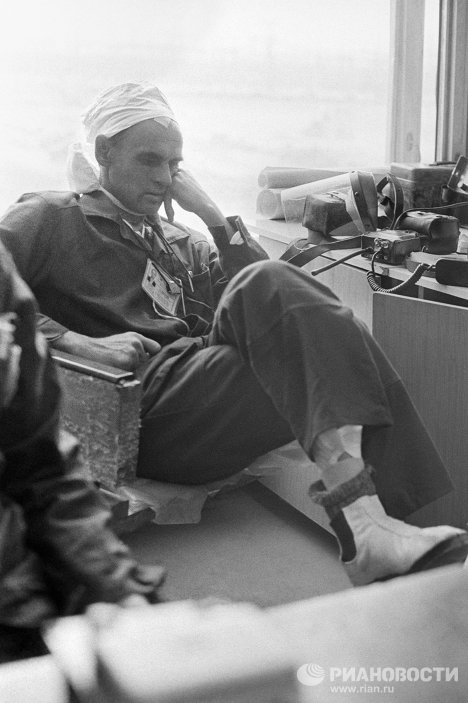
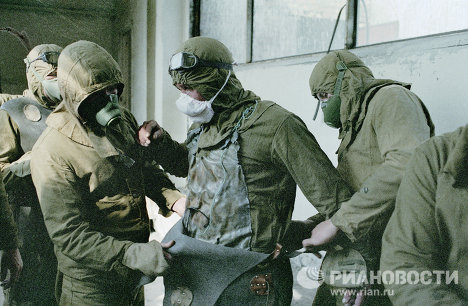
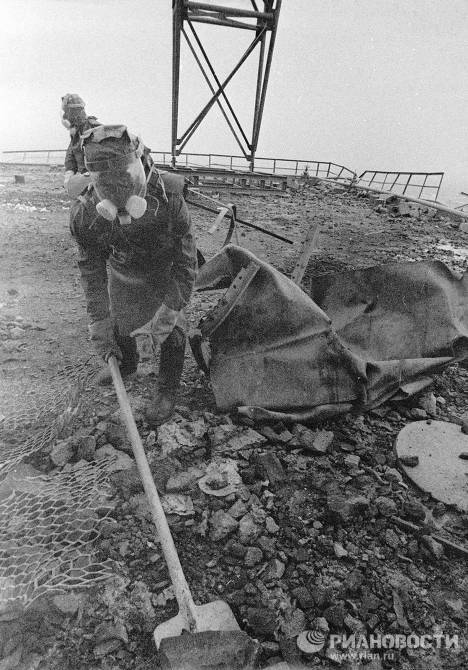
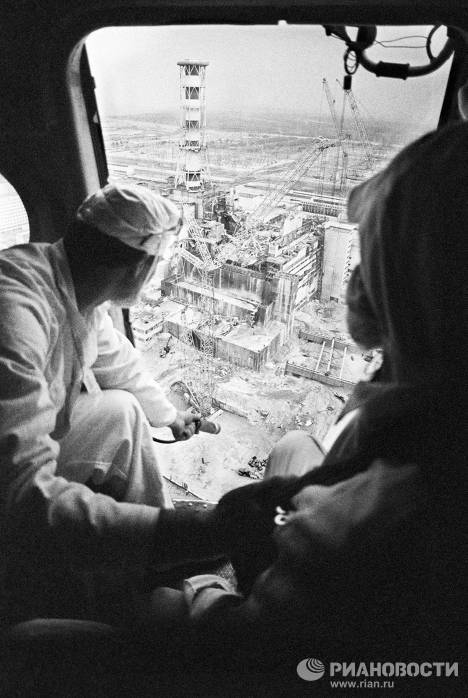
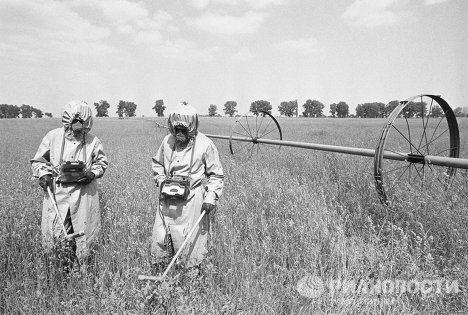
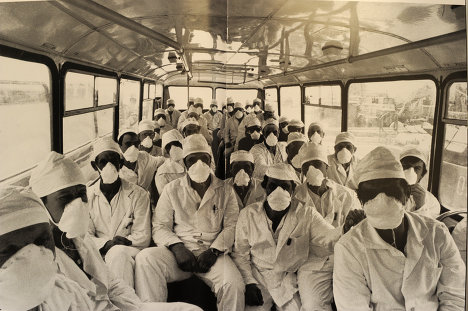
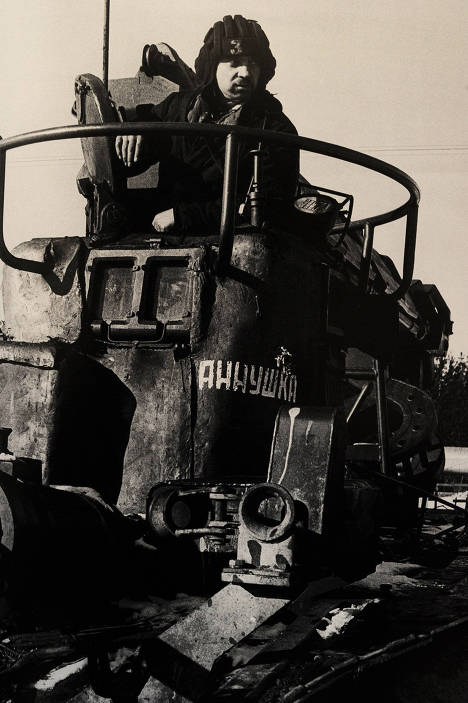
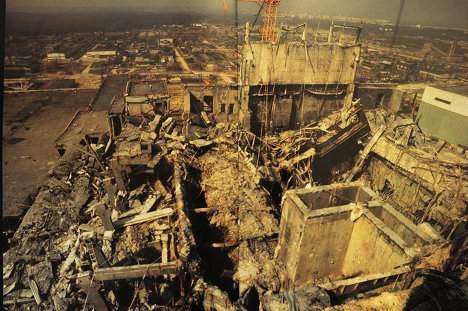
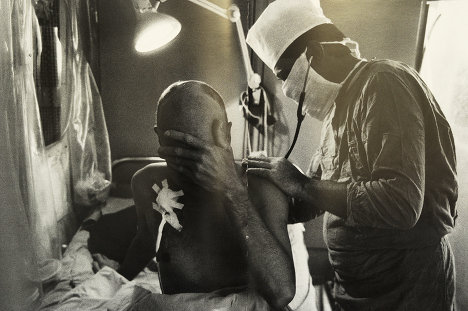
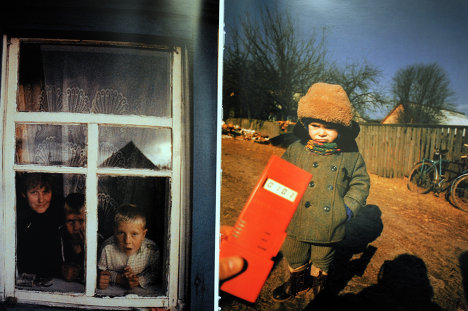
...for the People of Chernobyl - still. I also feel for our planet Earth - we treat her and all her living Sentient Beings with such abject disrespect. God willing we will learn and the misery and suffering will not be for nothing.
Much Peace...we all need it - in abundance...